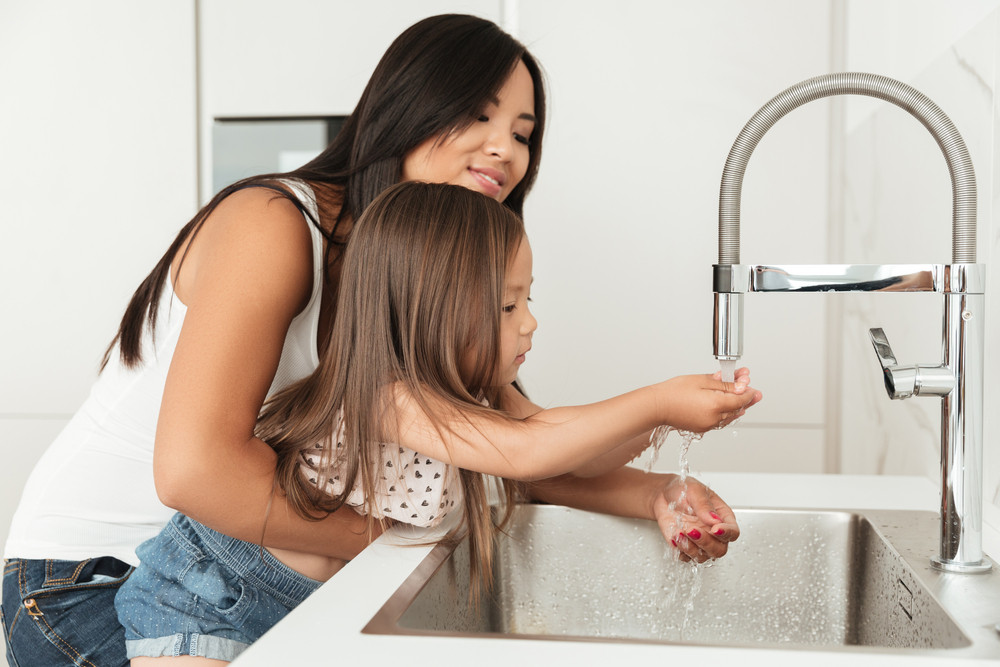

Low water pressure can be more than just a minor inconvenience; it can affect everything from the efficiency of your daily chores to the comfort of your showers. If you’re frequently frustrated by the slow trickle from your taps or the weak flow in your shower, it’s essential to understand the potential causes. Solving low water pressure at home not only restores your plumbing system’s functionality but also enhances your overall quality of life. Here are some common reasons why your house might be experiencing low water pressure, and how you can address these issues.
1. Clogged Pipes
One of the most common culprits behind low water pressure is clogged pipes. Over time, your home’s plumbing can accumulate mineral deposits from hard water, as well as other debris, which can gradually narrow the pipes and restrict water flow. If the problem is localized to one area, such as a single faucet or showerhead, the blockage is likely restricted to the fixtures or the pipes leading directly to them. However, if low water pressure is a house-wide issue, it might be time to consult a professional plumber who specializes in solving low water pressure at home. They can assess whether a more extensive cleaning or pipe replacement is needed.
2. Corroded Plumbing
In older homes, corrosion inside the plumbing can also lead to reduced water pressure. Over the years, metal pipes, particularly those made of galvanized steel, can corrode and rust, which not only leads to leaks but also reduces the internal diameter of the pipes, restricting water flow. If corrosion is the issue, the only effective remedy is to replace the old pipes with new ones, preferably those made from more durable materials like copper or PVC.
3. Faulty Fixtures
Sometimes, the problem might not be with the plumbing system itself but with the fixtures. Faucet aerators and showerheads can get clogged with sediment and limescale, especially in areas with hard water. Regularly cleaning these can help restore water pressure. If the fixtures are old or worn out, replacing them might be the best solution for solving low water pressure at home.
4. Water Supply Issues
Your home’s water pressure is also dependent on the municipal water supply. If there are issues at the source or with the main supply line, it can affect the water pressure in your entire neighborhood. Check with your neighbors to see if they are experiencing similar problems. If so, the issue might be with the local water supply, and you’ll need to contact your water utility company.
5. Pressure Regulators
Homes are sometimes equipped with a pressure regulator, which can fail and lead to a decrease in water pressure. These regulators are designed to maintain a specific pressure level and protect your plumbing from being damaged by high pressure. If this regulator fails, it can reduce the flow of water. Replacing or repairing the pressure regulator can solve the issue.
Solving low water pressure at home often starts with identifying the root cause of the problem. By understanding these common issues and how they can affect your plumbing, you can take the appropriate steps to fix the problem, whether it’s repairing or replacing parts of your plumbing system or simply maintaining your current fixtures. Remember, if you’re unsure about the cause or how to fix it, it’s always a good idea to call in a professional plumber to ensure the job is done right and your water pressure is restored to an optimal level.

